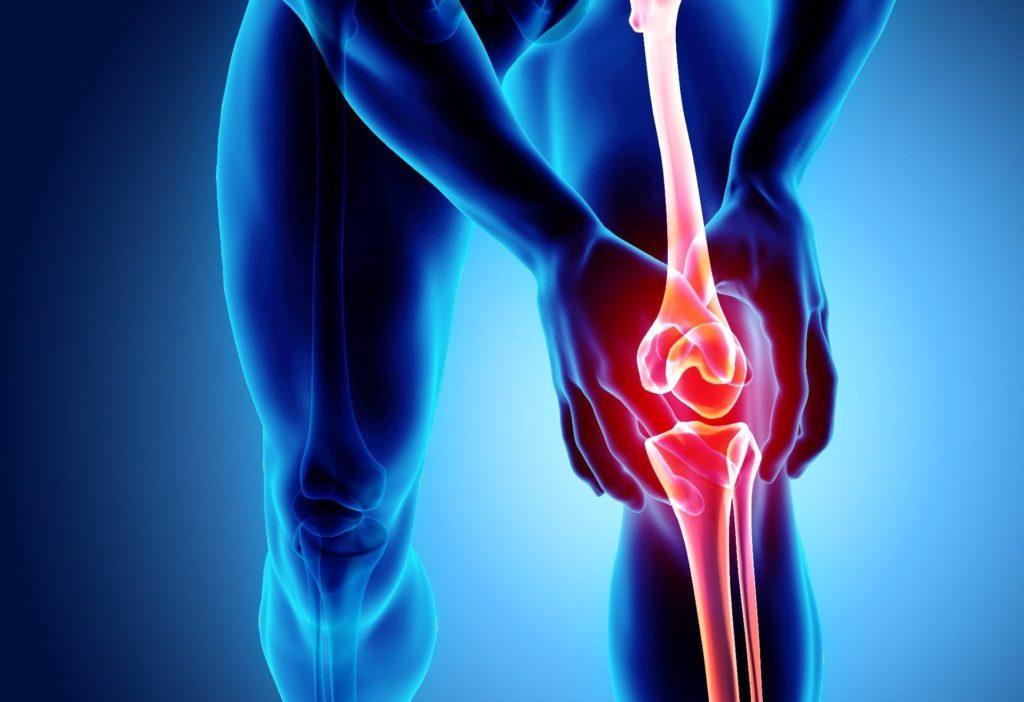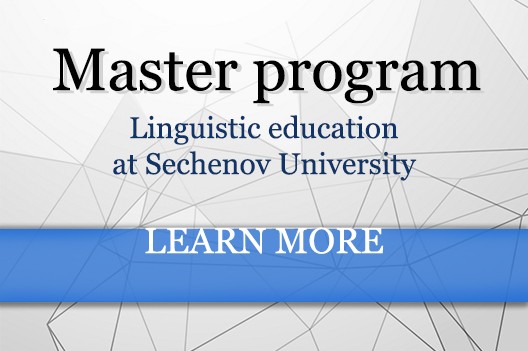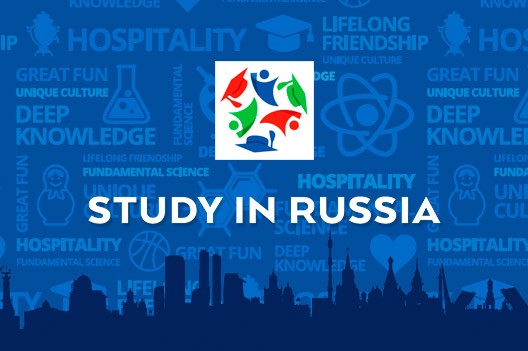- Абитуриенту
-
Обучающемуся
- Я – профессионал
- Локальные нормативные акты
- Образовательные программы
- Стоимость обучения
- Университет - обучающемуся
- Центр карьеры
- Учебный центр по маркировке
- Учеба и наука
- Школы мастерства
- Комфортная среда обучения
- Образовательные стандарты
- Стипендии и материальная поддержка
- Вакантные места
- Общежития
- Сотруднику
- Аккредитация специалистов
-
About University
- Mission & Brand Strategy
- University Leadership
- Rector's Welcome
- History
- Regulatory Documents
- Contacts
- Staff
- International Recruitment
- Partners
Applicants- Why Sechenov University
- Degree Programmes in English
- Preparatory Courses
- Non-Degree Programmes
- Transfer from other Institutions
06.06.2022New strategy for osteoarthritis treatment
 Sechenov University’s scientists are working on a new approach to treat osteoarthritis. This degenerative joint disease is a common cause of disability. The new treatment technique will combine magnetic physiotherapy and a “smart” nanosystem, targeting damaged tissues and immune cells.
Sechenov University’s scientists are working on a new approach to treat osteoarthritis. This degenerative joint disease is a common cause of disability. The new treatment technique will combine magnetic physiotherapy and a “smart” nanosystem, targeting damaged tissues and immune cells.
Osteoarthritis is one of the most common age-related diseases that reduces the quality of life and leads to early disability. In Russia, there are now about 4 million patients with confirmed hip osteoarthritis. However, epidemiological studies suggest that the actual prevalence of osteoarthritis in the country may be 4 times higher, amounting to almost 15 million people.
The significant number of affected patients — and the growing number of operations on large joints — are pushing researchers to develop new, more effective methods of osteoarthritis treatment. Sechenov University’s scientists are participants of the interdisciplinary project titled “Development of smart nanotechnologies for the treatment of osteoarthritis”, funded by a mega-grant of the Ministry of Science and Higher Education of the Russian Federation. The technology uses a new type of biologically active regulators of inflammation and regeneration, magnetic physiotherapy, and a “smart” nanosystem which targets damaged tissues and immune cells.
To pursue this project, Sechenov University established the Laboratory of Clinical Smart Nanotechnologies headed by Xing-Jie Liang — professor at the National Centre for Nanoscience and Technology (China) and a renowned scientist specialising in “smart” nanosystems for targeted delivery of bioactive substances.
The project also involves Sechenov University’s Biomedical Science and Technology Park, headed by Peter Timashev, and the Department of Traumatology, Orthopaedics, and Disaster Surgery, headed by Alexey Lychagin. Students are also involved in this research.
The first phase has already been successfully completed. The project team has developed and optimised methods to obtain and store matrix-bound vesicles and applied for a patent. According to experts, the unique protein composition of matrix-bound vesicles has been studied for the first time, and in vitro experiments show that they reduce inflammation and stimulate regeneration.
The project has also led to the development of a unique, expert-level, AI-based computational analyser of MRI data which can be used for the early diagnosis of osteoarthritis, prognosis, and evaluation of therapy effectiveness. This tool will increase the accuracy and speed of diagnosing pathological changes in the cartilage tissue of large joints. So far, a database of over 5,000 MRI images has been created, and researchers have developed and validated methods of automatic image segmentation. This computer model for automatic determination of hip joint pathology is being tested at Sechenov University, and more than 200 clinical cases have already been analysed this way.
The study is set to be completed by the end of 2023.
Embed on website
New strategy for osteoarthritis treatment
 Sechenov University’s scientists are working on a new approach to treat osteoarthritis. This degenerative joint disease is a common cause of disability. The new treatment technique will combine magnetic physiotherapy and a “smart” nanosystem, targeting damaged tissues and immune cells.
Sechenov University’s scientists are working on a new approach to treat osteoarthritis. This degenerative joint disease is a common cause of disability. The new treatment technique will combine magnetic physiotherapy and a “smart” nanosystem, targeting damaged tissues and immune cells.
Osteoarthritis is one of the most common age-related diseases that reduces the quality of life and leads to early disability. In Russia, there are now about 4 million patients with confirmed hip osteoarthritis. However, epidemiological studies suggest that the actual prevalence of osteoarthritis in the country may be 4 times higher, amounting to almost 15 million people.
The significant number of affected patients — and the growing number of operations on large joints — are pushing researchers to develop new, more effective methods of osteoarthritis treatment. Sechenov University’s scientists are participants of the interdisciplinary project titled “Development of smart nanotechnologies for the treatment of osteoarthritis”, funded by a mega-grant of the Ministry of Science and Higher Education of the Russian Federation. The technology uses a new type of biologically active regulators of inflammation and regeneration, magnetic physiotherapy, and a “smart” nanosystem which targets damaged tissues and immune cells.
To pursue this project, Sechenov University established the Laboratory of Clinical Smart Nanotechnologies headed by Xing-Jie Liang — professor at the National Centre for Nanoscience and Technology (China) and a renowned scientist specialising in “smart” nanosystems for targeted delivery of bioactive substances.
The project also involves Sechenov University’s Biomedical Science and Technology Park, headed by Peter Timashev, and the Department of Traumatology, Orthopaedics, and Disaster Surgery, headed by Alexey Lychagin. Students are also involved in this research.
The first phase has already been successfully completed. The project team has developed and optimised methods to obtain and store matrix-bound vesicles and applied for a patent. According to experts, the unique protein composition of matrix-bound vesicles has been studied for the first time, and in vitro experiments show that they reduce inflammation and stimulate regeneration.
The project has also led to the development of a unique, expert-level, AI-based computational analyser of MRI data which can be used for the early diagnosis of osteoarthritis, prognosis, and evaluation of therapy effectiveness. This tool will increase the accuracy and speed of diagnosing pathological changes in the cartilage tissue of large joints. So far, a database of over 5,000 MRI images has been created, and researchers have developed and validated methods of automatic image segmentation. This computer model for automatic determination of hip joint pathology is being tested at Sechenov University, and more than 200 clinical cases have already been analysed this way.
The study is set to be completed by the end of 2023.



